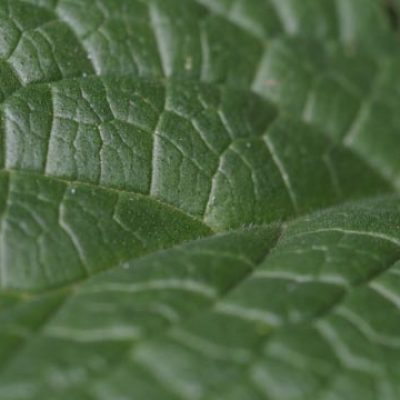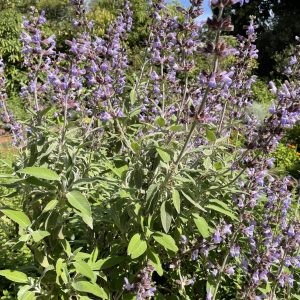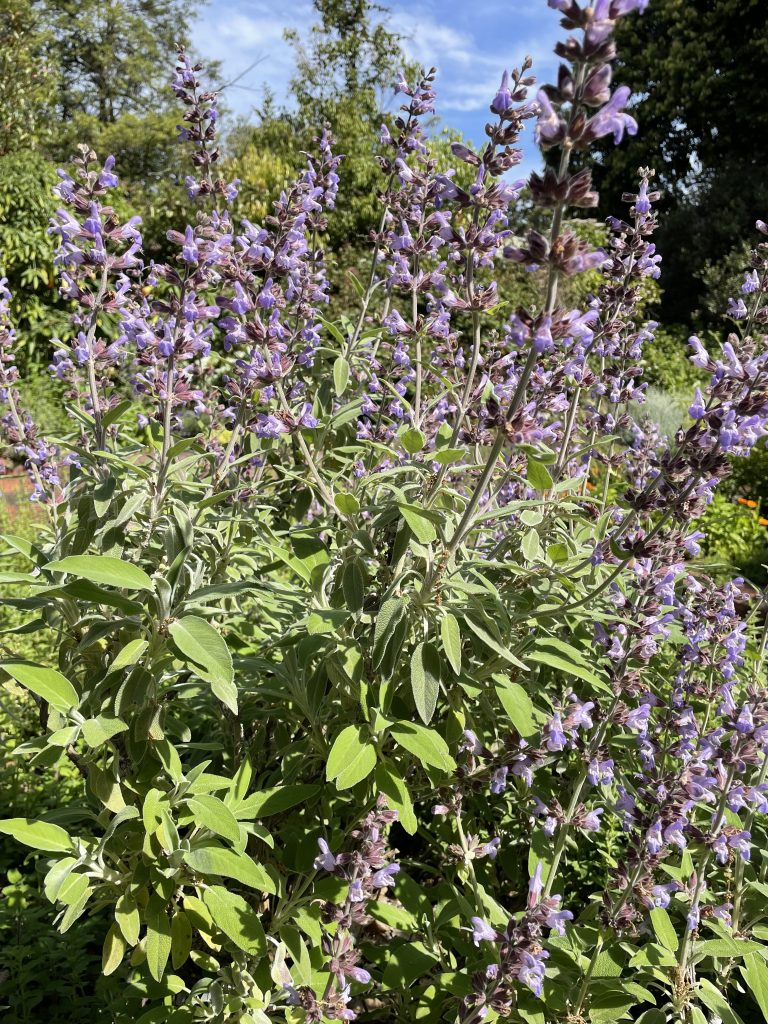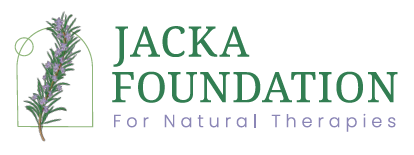What Are Natural Therapies
Natural therapies encompass a diverse range of health care modalities across many countries and cultures. These therapies all have a basis in nature, which is interpreted as including both the physical and non-physical worlds.


The physical aspects of nature that enhance our wellbeing include having fresh air, sunshine, clean water, good food, regular detoxification, and living an active life within a healthy environment.
The non-physical aspects of health include our mind and spirit and supporting the vital energy that sustains life processes. In Ancient Greece this vital energy was encapsulated in the concept of “the healing power of nature”. In Chinese medicine this vital energy was known as chi and in Ayurvedic medicine it is known as prana. All health cultures around the world, except for those grounded in biomedicine, have an understanding that health depends on a life sustaining vital force The which embodies an innate intelligence that restores and replenishes health.
The central aim of natural therapies is to maintain and enhance this vital force to sustain a healthy life and resist illness. These therapies have a common purpose in enhancing health and wellness. Natural therapies focus on the whole person and not just the disease that occurs within the body. This whole person approach addresses the body, mind, and spirit, and goes further to include relationships, work, and the community, culture, and environment in which a person lives.
A common feature of natural therapies is that each patient receives treatments based on the unique factors occurring within their life that are causing ill health.
Natural therapies have a strong emphasis that the individual needs to actively pursue healthy living, looking after all aspects of their being, and practice preventative strategies for maintaining health. Natural therapies promotes that we need to follow the laws of nature such as eating seasonal foods that grow where we live, being active during the day and resting at night. There is an understanding of the cycle of life where things grow, maintain, and devolve.
Synonymous with natural therapies is the classification of complementary and alternative medicine. This model has five domains to categorise the key types of natural therapies:
- Whole medical systems such as Chinese Medicine, Ayurvedic Medicine, Naturopathy, Homeopathy, and traditional Indigenous health practices.
- Natural biological therapies such as herbs, hydrotherapy, food and diet, vitamins, and minerals
- Physical therapies such as chiropractic, osteopathy, massage, shiatsu, exercise
- Energy medicine utilising the concept of life-force energy such as acupuncture, homeopathy, and flower essences
- Mind-body practices such as mindfulness, meditation, and yoga
Natural therapy has a variety of presentations such as Indigenous healing, folk and ethnic medicine; religious, spiritual and esoteric healing; semi-professional therapies such as massage and reiki; therapies regulated through professional associations such as naturopaths and nutritionists; and government regulated professions such as chiropractors, osteopaths and Chinese medicine.

Holistic Principles
While each branch of natural therapies has its own unique way of expressing its philosophy, there is overlap with regard to the central tenets. The principles of naturopathy are outlined below.
The Holistic Principles/ Tenets
Healing Power of Nature (vis medicatrix naturae) – The vis medicatrix naturae is related to the naturopathic concept of vitalism and is recognised as “the inherent self-organising and healing process of living systems which establishes, maintains and restores health”. In practice this involves working with the body’s innate healing mechanisms and using therapies as close to nature as possible.


Primarily, Do No Harm (primum non nocere) – This includes harm that may result from the use of natural therapies or the clinical judgement of the practitioner. All efforts are made to mitigate or reduce the risk of harm.
Treat the Cause (tolle causam) – Is the process of identifying and addressing the underlying causes of ill health that are relevant to the individual. This recognises the complex and multifactorial nature of causation. Treating each person as a unique individual is essential for patient-centred care.
Treat the Whole Person (tolle totum) – This recognises that the structural, functional, psychological and spiritual aspects of an individual are interconnected and interdependent. This is sometimes referred to as treating the body, mind and spirit. Further it recognises the interrelationship between the individual, their community and the planet.
Doctor as Teacher (docere) – Emphasises the importance of education in developing an individual’s understanding of their health and the underlying contributing factors resulting in suboptimal wellbeing. This knowledge empowers the individual to engage in lifestyle and behavioural changes that enhance wellbeing.
Disease Prevention (prevetare) – Includes assessing future risk for the development or progression of disease and addressing all factors that may contribute to the individual’s unique susceptibilities throughout the phases of life.
The Therapeutic Order
Naturopathic practice is guided by the Therapeutic Order. This is a hierarchical philosophy that guides the level of therapeutic intervention focusing on lower order interventions that use the least possible force to enhance the body’s intrinsic capacity to heal.
1. Establish the Conditions for Health
By addressing the Determinants of Health:
a) Identify and remove disturbing factors (obstacles to cure)
b) Institute a more healthful regimen
2. Stimulate the Vis Medicatrix Naturae
3. Tonify Weakened Systems
4. Correct Structural Integrity
5. Address Pathology
a) Natural Substances
b) Pharmacologic or Synthetic Substances
6. Suppress or Surgically Remove Pathology

